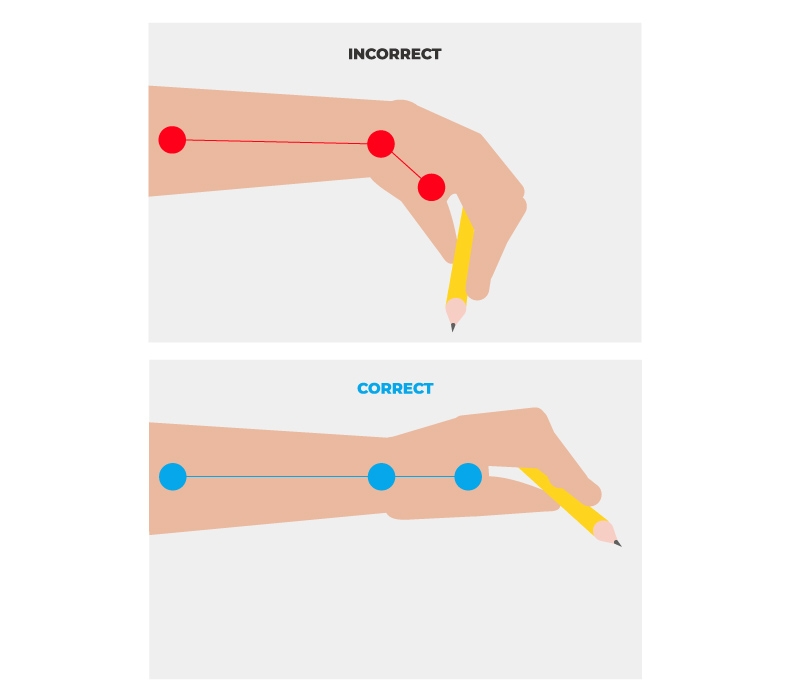The most important elements are posture and movement
Ergonomics focuses on designing tasks to suit people, rather than forcing people to adapt to tasks. It's the science of tailoring environments to meet individual needs, enhancing efficiency and productivity while minimizing discomfort and injury. In essence, it's about designing with human use in mind.

Consider, for example, the height of your desk and the location of your mouse, keyboard, and computer monitor. An ergonomic work environment is designed to not only optimize your posture but also to keep you moving between different good postures throughout the day. Proper posture and movement help ensure that your back, neck, shoulder, wrist, and other muscles feel less strained and fatigued at the end of the day. Ergonomic design focuses on reducing the forces, frequencies, and durations of movements required while doing a task. Repetitive actions are less likely to produce negative consequences when moving between different, good postures.
Movement is a key tenet of ergonomics. Sitting still in a chair obviously provides little movement. Standing at a desk all day also doesn't provide much movement and can lead to a sore back and feet. Switching between sitting and standing at a height adjustable desk is the most practical way to increase movement while still working at a desk. The benefits of a height-adjustable standing desk are well documented. UPLIFT Desk creates office furniture that enables good postures and movement. At the heart of all our office furniture designs is our award-winning UPLIFT V2 Standing Desk.
Here's a fun exercise that demonstrates the importance of a neutral posture.
Pinch a pencil with two fingers while keeping your wrist straight. Now continue to pinch that pencil as you flex (bend) your wrist. Notice that it takes more effort to maintain the same pinch grip force with your wrist bent.
In neutral postures (e.g., straight wrists), your joints and tendons produce force more efficiently. Maintaining straight wrists is the ergonomic, neutral posture to use while typing and mousing.
